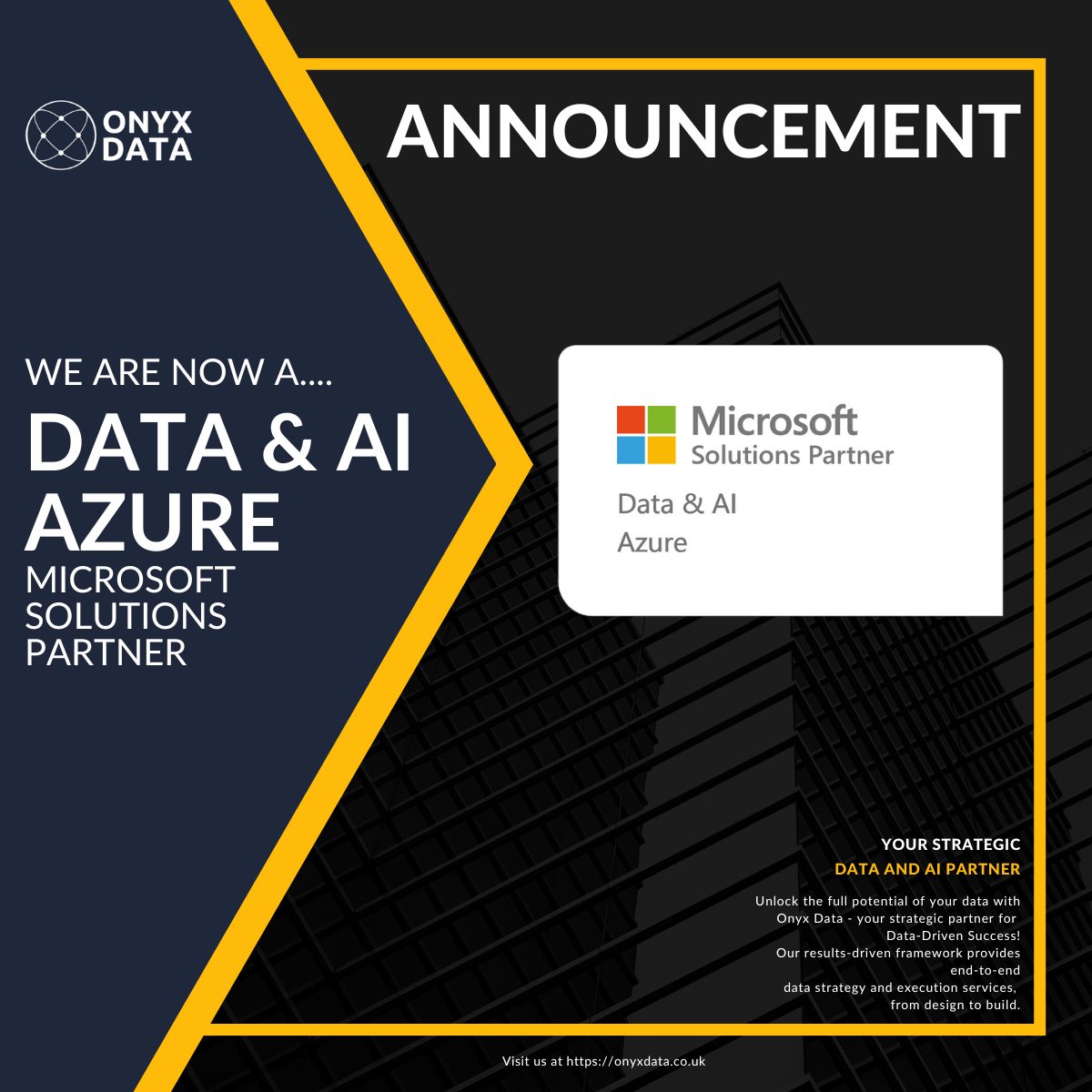Best Business Intelligence Platform To Use
What is the best business intelligence tool for large datasets?
- Microsoft Power BI: Known for its scalability and performance with large datasets.
- Tableau: Offers robust capabilities for handling and analysing large volumes of data.
What are the different BI tools?
There are several BI tools available, including:
- Microsoft Power BI
- Tableau
- QlikView
- IBM Cognos
- MicroStrategy
- SAP BusinessObjects
Which is the best tool available for BI, business intelligence?
The “best” tool depends on your specific needs and preferences. Some popular options are Microsoft Power BI, Tableau, and QlikView.
What are the common BI tools used for big data analytics?
- Hadoop: Open-source framework for big data storage and processing.
- Spark: Distributed data processing engine often used with Hadoop.
- Tableau: Offers big data connectors for direct analysis.
- MicroStrategy: Supports big data integration and analytics.
What is the best BI software?
The “best” BI software varies based on requirements, but Microsoft Power BI, Tableau, and QlikView are frequently mentioned as top choices.
What BI tools should I learn from a job perspective?
- Power BI: Developed by Microsoft, Power BI is another widely used tool for data visualisation and reporting. It integrates well with other Microsoft products and services.
- Tableau: Tableau is known for its user-friendly interface and powerful data visualisation capabilities. It’s widely used for creating interactive and shareable dashboards.
- QlikView/Qlik Sense: Qlik’s tools focus on data discovery, interactive dashboards, and self-service analytics. They offer robust data transformation and visualisation features.
- MicroStrategy: MicroStrategy offers a comprehensive BI platform that includes data discovery, reporting, and mobile analytics. It’s often used for enterprise-level BI solutions.
- Looker: Looker focuses on business intelligence and data analytics, allowing users to create and share reports, and explore data in an interactive manner.
- Sisense: Sisense is known for its high-performance analytics platform, which can handle large and complex datasets. It’s often used for data mashups and advanced analytics.
- Domo: Domo is a cloud-based BI platform that emphasises real-time data insights and collaboration across teams.
- IBM Cognos: IBM Cognos offers a suite of BI tools for reporting, analysis, and scorecarding. It’s known for its integration with IBM’s broader software ecosystem.
- Yellowfin BI: Yellowfin provides features for data visualisation, reporting, and analytics. It focuses on making data insights accessible to non-technical users.
- Google Data Studio: Google’s free tool, Data Studio, allows you to create interactive dashboards and reports using data from various sources, including Google Analytics.
- Apache Superset: This open-source BI tool offers data exploration and visualisation capabilities. It’s known for its flexibility and extensibility.
- SAP BusinessObjects: SAP offers a suite of BI tools that cover reporting, dashboarding, data exploration, and analytics.
What is the best BI tool for the future?
Predicting the future is challenging, but tools that focus on scalability, integration with AI/ML, and adaptability to changing technologies are promising. Microsoft Power BI and Tableau are evolving in this direction.
What is the best business intelligence software?
The best BI software depends on your organisation’s needs, but Microsoft Power BI, Tableau, and QlikView are often regarded as top contenders.
Both Microsoft Power BI and Tableau excel in reporting capabilities, offering interactive and visually appealing dashboards for effective data communication.
Citations
Bălăceanu, D., 2007. Components of a Business Intelligence software solution. Informatica Economică, 2(42), pp.67-73.
Lapa, J., Bernardino, J. and Figueiredo, A., 2014, May. A comparative analysis of open source business intelligence platforms. In Proceedings of the International Conference on Information Systems and Design of Communication (pp. 86-92).
Srivastava, Gautam, Revathi Venkataraman, Kavitha V, and Parthiban N. “A review of the state of the art in business intelligence software.” Enterprise Information Systems 16, no. 1 (2022): 1-28.
Abzaltynova, Z. and Williams, J., 2013. Developments in business intelligence software. Journal of Intelligence Studies in Business, 3(2).
Howson, C., Sallam, R.L., Richardson, J.L., Tapadinhas, J., Idoine, C.J. and Woodward, A., 2018. Magic quadrant for analytics and business intelligence platforms. Retrieved Aug, 16, p.2018.







